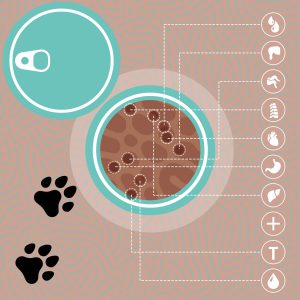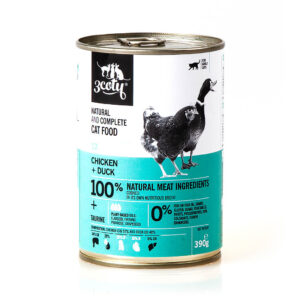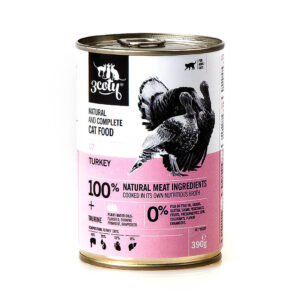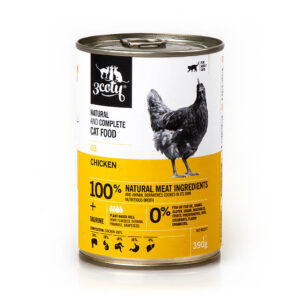In the last newsletter we shared with you our thoughts and research on obesity in cats. As promised, we have more to share about this growing problem. If you missed the last story, please read it here – “Growing Concern”.
When should you acknowledge your cat is obese?
The general rule is that when your cat’s body weight is 20 percent or more above normal weight, it is classed as obese.

So why cats are getting obese?
Actually the answer is quite simple – lifestyle and diet.
Not enough of exercise
We have all watched nature films about carnivores – lions, cheetah, tigers….. Have you ever seen an obese lion in those films? Have you seen a cheetah that has no power to run and hunt their prey because it weights so much it can’t move? I assume you haven’t.
Our cats live with us, mainly as indoor pets. They do not have to go out, therefore they are not as active anymore as there is no need to hunt – they lie on the couch and we feed them. We, owners, play with them from time to time and this is the most physical activity indoor cats get nowadays.
Food, food, food…
A big part of the obesity problem is the way, we owners, feed our cats. In short, we often simply feed them the wrong food, as we do not pay attention to labels and small print to see what is really inside or how big or small a percentage of the meal is meat.
Two of the greatest contributing factors to weight gain are feeding table scraps and excess treats.
Another major factor responsible for feline obesity is the practice of “free feeding,” in which a bowl of dry food is available for consumption by a cat throughout the day. It still is very common for cat owners to believe that a cat needs to have a bowl of food ready for them to eat all the time.
All the above factors above are wrong and they lead to overweight and obesity.
Is it so bad to have a round cat?
Many cat owners do not realize that obesity is a huge problem which has consequences. When a cat is overweight or obese, it is no longer a question ofifa cat will be seriously sick, but when.
Overweight and obesity lead to serious disorders in cats:
– type 2 diabetes – an obese cat is three times more likely to develop type 2 diabetes
– heart disease
– osteoarthritis (arthritis)
– increased frequency of joint injuries
– high blood pressure
– some forms of cancer – especially intra-abdominal cancers
– life expectancy of overweight cat is shorter than of a normal weight cat
Feline Weight Watchers
01. The first thing that you should try to do, if your cat is overweight is to cut carbohydrate intake – do this by slowly switching from dry to canned food. Canned food also has much higher meat protein content. So two things – fewer carbohydrates and more protein. In addition, wet food has a much larger water content so your cat will increase its necessary fluid intake.
02. No more “free feeding” – your cat should get used to approximately 3 meals a day and no more snacks.
03. More movement – your cat will have to start to exercise, so play more with your cat. If you have the space, buy an exercise wheel or other toys that will encourage your cat to move. If your cat does not go outdoors this is the perfect way to get exercise.
04. Remember that any cat weight-reduction program should be carried out under the supervision of your veterinarian. Cats can not be put on a sudden exaggerated strict diet as there is a huge risk of a serious health problem including hepatic lipidosis (the most common acquired and potentially lethal feline liver disease).
05. Do it slowly, buy a set of scales and weigh your cat every week. Getting your cat to lose approximately 2% of body weight a week is a great result and eventually will lead to the right weight.
Good luck and if you have any questions please write to us. We want to hear your story!









